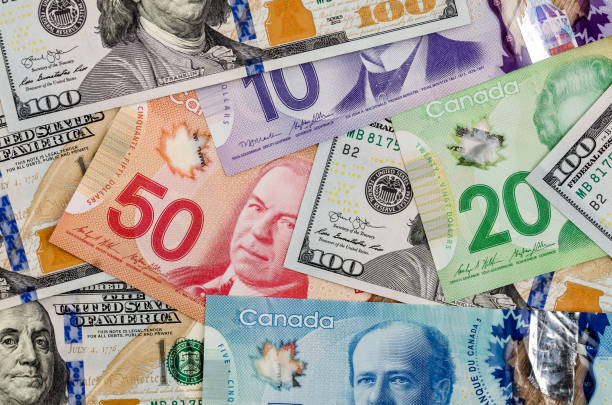USD/CAD trades lower near 1.3580 as US Dollar retraces its recent gains
- Markets in 2026: Will gold, Bitcoin, and the U.S. dollar make history again? — These are how leading institutions think
- US Q4 Earnings Season Set to Begin: Can US December CPI Data Bolster Rate Cut Case? [Weekly Preview]
- Gold Price Forectast: XAU/USD rises above $4,600 on US rate cut expectations, Fed uncertainty
- Trump’s Tariff Ruling Lands Today: Market to Rise or Fall — The Decision Will Tell
- US Dollar Index steadies above 99.00 ahead of Retail Sales, PPI data
- WTI maintains position above $59.00 as supply risks grow

●USD/CAD loses ground on soft US Dollar and higher Crude prices.
●WTI price extends its gains near $77.90 per barrel ahead of OPEC+ meeting.
●Canada’s GDP Annualized for the third quarter is expected to rise 0.2%.
USD/CAD seems to retrace its recent gains from the previous session, hovering around 1.3580 during the Asian session on Thursday. The Canadian Dollar (CAD) experiences upward support due to the weaker US Dollar (USD), coupled with improved Crude oil prices.
The US Dollar Index (DXY) looks to resume its downward trajectory after the gains observed on Wednesday, trading lower around 102.80, by the press time. The USD/CAD pair received upward support from stronger-than-expected US Gross Domestic Product Annualized data released by the US Bureau of Economic Analysis. The US GDP Annualized increased by 5.2% during the third quarter, surpassing the previous reading of 4.9% and exceeding the market consensus of 5.0%.
Western Texas Intermediate (WTI) price continues the winning streak for the third successive day, trading higher near $77.90 per barrel at the time of writing. The Crude oil prices gain momentum ahead of the meeting of the Organization of the Petroleum Exporting Countries and its allies (OPEC+) on Thursday. The expectation is that Saudi Arabia and Russia will likely propose an extension of oil supply cuts in 2024.
The concerns about oil demand have resurfaced following China's economic data. The NBS Manufacturing PMI for November declined to 49.4 from the previous reading of 49.5. The Non-Manufacturing PMI contracted to 50.02, falling below the expected 51.1.
Canada’s Gross Domestic Product Annualized for the third quarter is scheduled to be released on Thursday, expected to increase by 0.2%. On the other side, the United States will release crucial economic data, including the Initial Jobless Claims for the week ending on November 24 and Personal Consumption Expenditure (PCE) Price Index data.
Read more
* The content presented above, whether from a third party or not, is considered as general advice only. This article should not be construed as containing investment advice, investment recommendations, an offer of or solicitation for any transactions in financial instruments.




